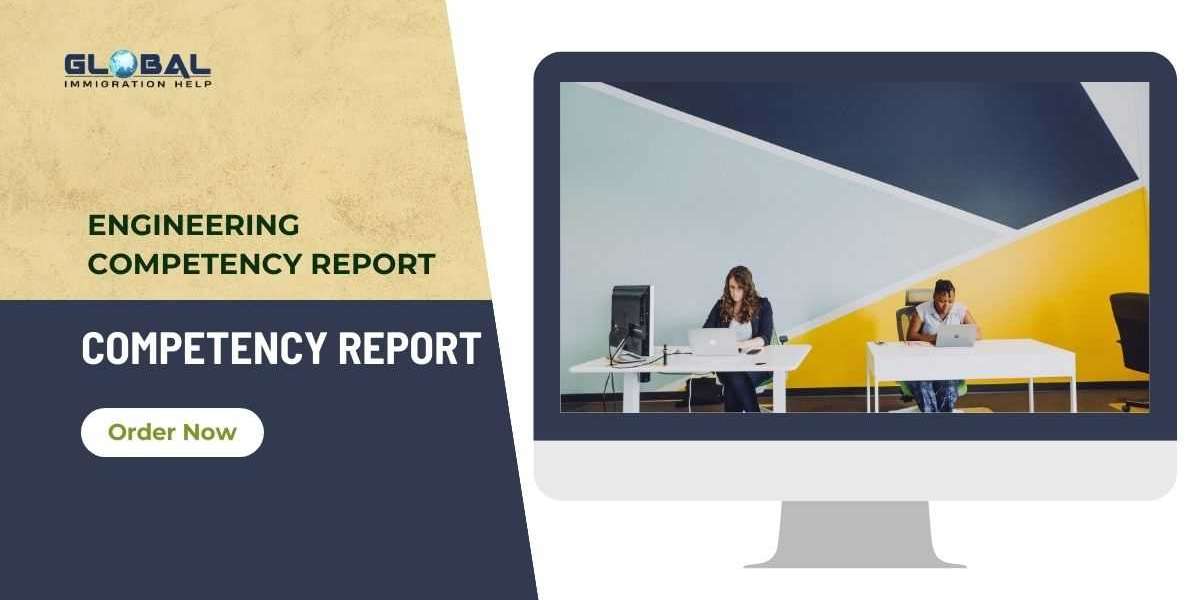As technology continues to advance at an unprecedented pace, its impact on education is undeniable. This article delves into the myriad ways in which IT is reshaping the educational sphere, exploring both its challenges and the immense potential it holds for revolutionizing learning experiences.
- Digital Learning Platforms:
One of the most visible aspects of IT in education is the proliferation of digital learning platforms. From online courses to interactive e-books, these platforms offer flexibility and accessibility to learners worldwide. With the ability to learn at their own pace, students can access a wealth of information from the comfort of their homes, breaking down geographical barriers and democratizing education.
- Personalized Learning:
IT enables the implementation of personalized learning experiences, tailoring educational content to the individual needs and learning styles of students. Adaptive learning technologies use algorithms to assess a student's strengths and weaknesses, delivering customized content that maximizes comprehension and retention. This individualized approach fosters a more engaging and effective learning environment.
- Virtual Reality (VR) and Augmented Reality (AR):
The integration of VR and AR in education brings a new dimension to learning. Virtual field trips, immersive historical simulations, and interactive science experiments create a dynamic and engaging learning atmosphere. These technologies not only enhance understanding but also provide hands-on experiences that may otherwise be inaccessible, making education more captivating and memorable.
- Global Connectivity:
IT has transformed education into a global network of interconnected learners. Collaborative projects, video conferencing, and online forums enable students to connect with peers and experts from around the world. This global connectivity fosters cross-cultural understanding, encourages diverse perspectives, and prepares students for an increasingly interconnected global society.
- Data Analytics and Educational Insights:
The collection and analysis of data in education have become more sophisticated with IT. Learning analytics offer valuable insights into student performance, helping educators identify areas of improvement and tailor their teaching strategies. This data-driven approach allows for early intervention, personalized feedback, and continuous improvement in the learning process.
- E-Libraries and Open Educational Resources (OER):
IT has revolutionized access to educational resources through digital libraries and open educational platforms. E-books, online journals, and educational apps provide a wealth of information at the fingertips of students and educators. The democratization of knowledge through open educational resources ensures that quality educational materials are available here https://itlessoneducation.com/ to a broader audience.
- Online Assessment and Evaluation:
Traditional assessment methods are evolving with the integration of IT. Online quizzes, interactive assessments, and automated grading systems streamline the evaluation process. This not only saves time for educators but also provides instantaneous feedback to students, enabling them to track their progress and address areas that need improvement promptly.
Challenges and Considerations:
While the integration of IT in education brings about numerous benefits, it is not without its challenges. Issues such as the digital divide, data security, and the need for continuous teacher training must be addressed. The digital divide, in particular, underscores the importance of ensuring that all students have equal access to technology to prevent the exacerbation of existing educational inequalities.
Additionally, the rapid pace of technological advancements necessitates ongoing professional development for educators. To fully harness the potential of IT, teachers must stay abreast of the latest tools and methodologies, adapting their teaching strategies to incorporate technology effectively.
Conclusion:
Information Technology has emerged as a catalyst for transformative change in education, offering unprecedented opportunities to enhance learning experiences and outcomes. Embracing the digital frontier allows educators and learners to navigate a landscape rich with possibilities. By addressing challenges, fostering inclusivity, and continually adapting to the evolving technological landscape, the educational sector can harness the full potential of IT, preparing students for success in the digital age. The integration of Information Technology is not just a trend; it is a paradigm shift that holds the key to unlocking a brighter and more interconnected future for education.



